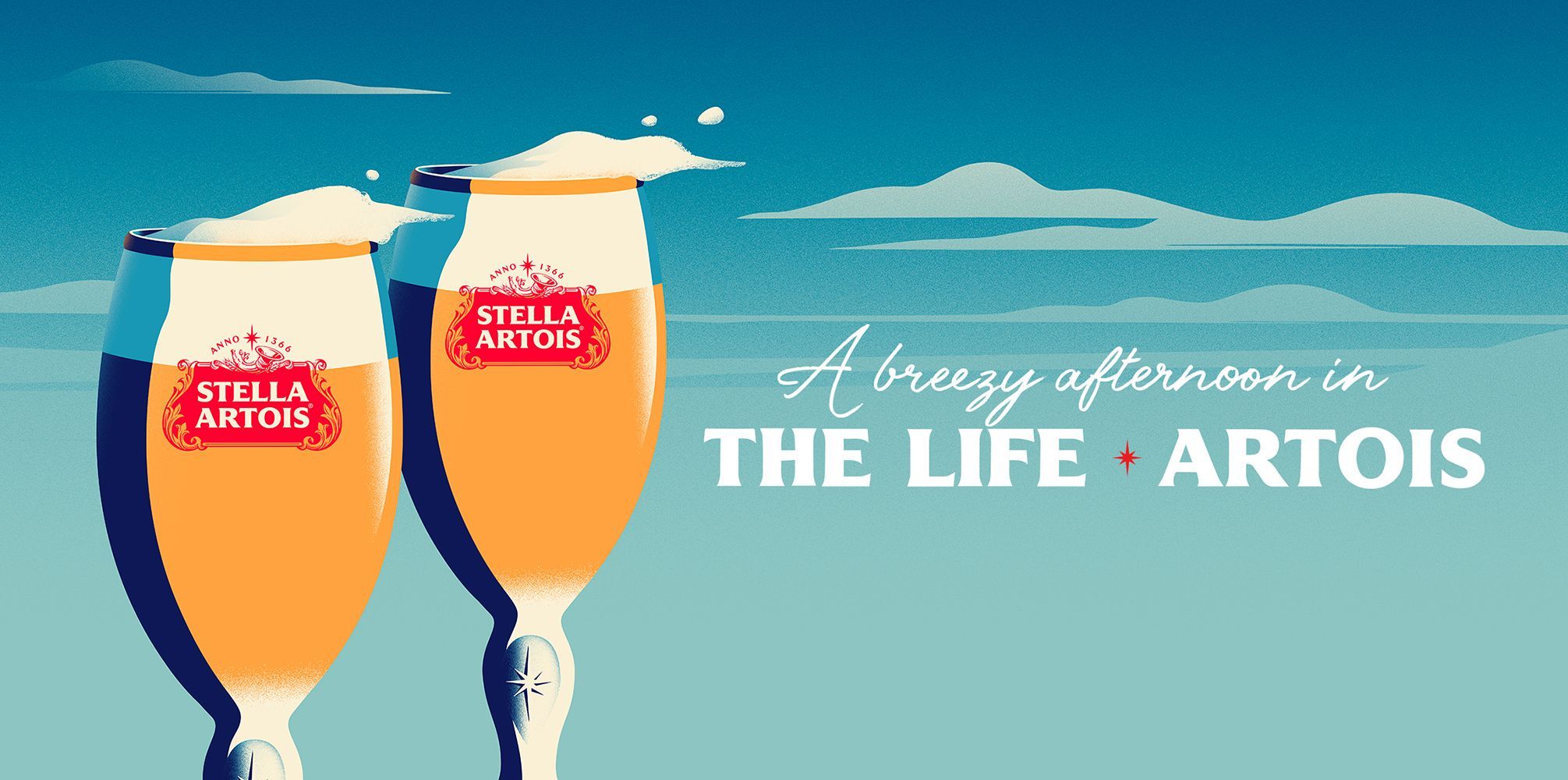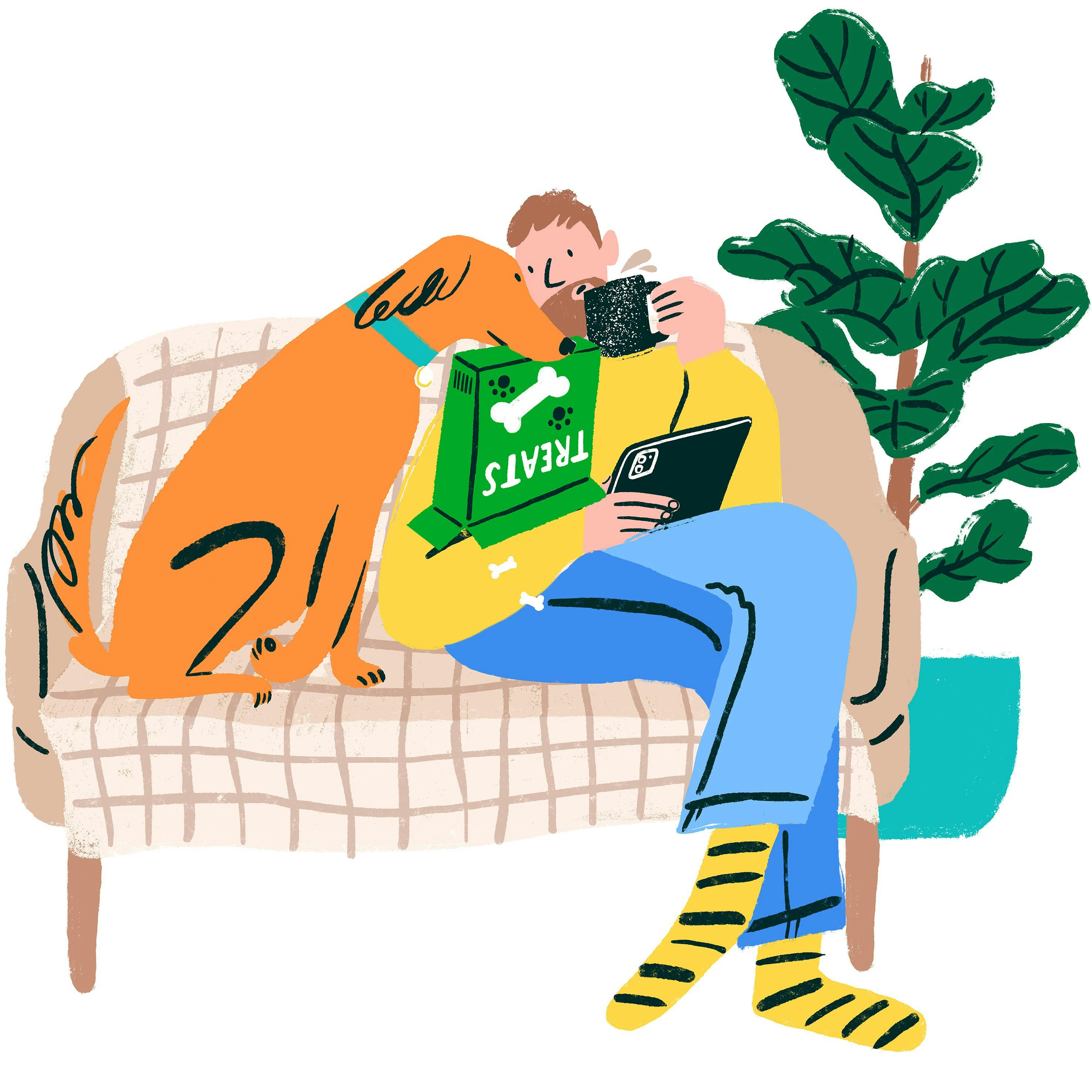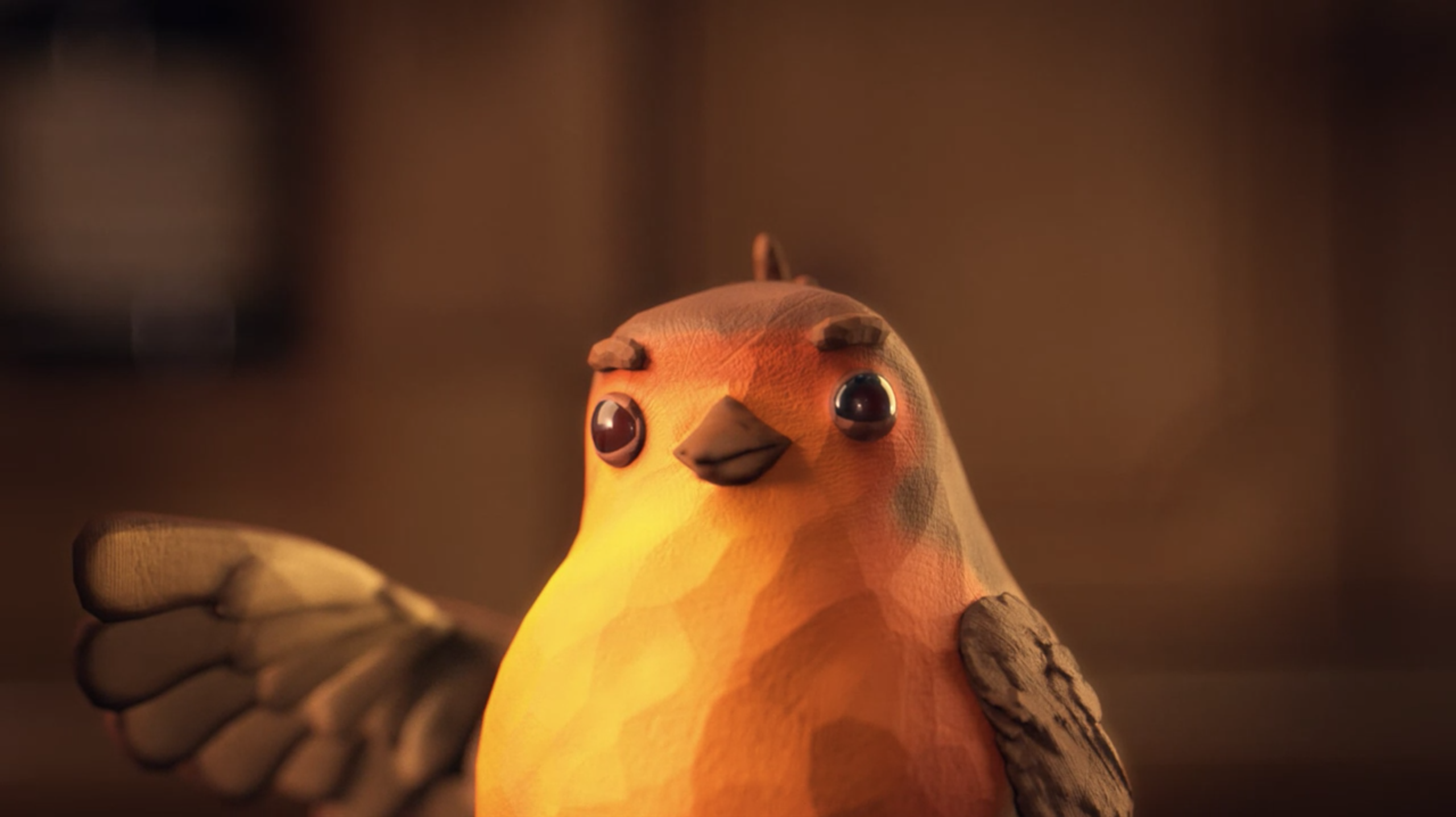

Jelly Presents: Alison Carmichael
Alison is a London-based hand lettering artist, known for her hugely versatile range in lettering styles. Her unique approach puts craft and sentiment front and centre of every execution, using organic techniques and materials to arouse emotions and reveal unique stories. A focused problem-solver who thinks in shapes and forms, Alison interrogates briefs and adapts her approach each time to craft bespoke, highly effective lettering.
Above, top: Alison redesigned the logo for Mr Kipling, featuring a stylised version of what she believed Mr Kipling’s signature might be like, if he were a real person. See the full project here.
What inspired you to get into lettering design?
While I was studying for my degree in Graphic Design at Ravensbourne, I became really interested in calligraphy and hand lettering through the discovery of historic lettering designers like Herb Lubalin and Saul Bass. So I decided to try to introduce hand lettering into my degree show and enjoyed it so much that I carried on with it after my degree.
Does your process differ when working direct with brands vs with an agency?
A little bit - when working directly with a brand, the client will need more explanation and experienced advice to guide them through the process. When an agency briefs, it is usually because they have already established a fairly clear route they want to go down, whereas if I am working directly with a brand, there is usually a more involved exploration, testing and a development process while we try to establish what will work best to answer their brief.

Above: Alison worked with Sky Cinema on their emotive Christmas campaign which recognises the importance of a good film during the holidays. See the full project here.
How does the craft of hand-lettering add value to a brand campaign?
I think the biggest benefit is ownability - crafting type by hand means that the work is completely unique, distinctive and bespoke to the brief and brand, so it naturally adds more personality and makes any designs more memorable.
Hand-lettering seems to be consistently popular, no matter what other trends there are in design, why do you think that is?
The attractive thing about hand lettering is that it can be so unique and ownable. There will always be trends in digital typographic design but I do feel that when something is crafted by hand, there tends to be an intense human appeal because it suggests that time was taken to craft it, and often it’s the imperfections and authenticity which can be very appealing to us as humans.

You collect examples of people's handwriting. Does this influence your style at all or is it just a love of the handwritten?
Collecting handwriting samples is my way of having a wide range of alternative references so that I can offer different ways of presenting ‘voices’ and handwriting styles.
Everybody writes differently depending on age, mood, ethnicity, pace and it always communicates something subconscious about the writer. I find it really helpful to borrow nuances from different people’s handwriting to help tell a story or evoke an emotion in my commercial work.
Where do you find your type inspiration comes from?
My most significant lettering and typography inspiration is often historical, from an era before computer typography was being designed - think the '50s, '60s and '70s, they were the most creatively interesting decades for type design and I love how everything back then was crafted by hand. This was obviously a golden age for hand crafts, and therefore an absolute lodestone for reference.

Above: A hand-lettered bespoke font for Stella Artois. Alison worked collaboratively with Face37 to engineer the handcrafted alphabet into a working font to be used across the entirety of the campaign. See the full project here.
Do you have any advice for an aspiring lettering artist?
Try to be inspired by unexpected references and mediums and don’t just copy stuff that you may have seen on Instagram, otherwise you run the risk of making yourself invisible amongst a global sea of other lettering artists! Create the work that you want to be commissioned to do, so for example, if you want to do murals, then create and share some, even if they are just mock ups. That way people will hopefully associate that work with you when a job like that arises.
How important do you feel it is to create self-initiated work?
Really important. Even now, at this stage of experience in my career, my self-initiated work is always fun and experimental. Often the work I create commercially is embargoed and I can’t share it or it's not necessarily the most interesting work that I have recently created, so it's great to keep my creativity on the boil.
Self initiated work exercises your creative muscles and is a way of playing and experimenting, so that your work stays fresh and evolving. It can also be a way of showing your work in different contexts and to gain more of the type of work that you want to be commissioned to do.


Above: Tasty! Alison hand-drew the typography for Whole Earth before recreating it with peanut sauce. See the full project here.
Do you listen to any music/podcasts while you work?
Recently, I have been listening to “The Rest is Entertainment”, “Miss Me”, “Louis Theroux”, “How to Fail”, and “Table manners”. Always wanting new ones so please recommend.
What are your favourite things to do outside of work?
I spend a lot of time with my family and friends and I am a massive homebody - I love cooking for friends and eating nice food. I just really enjoy being surrounded by good people and laughing a lot. Simple pleasures!
What does craft mean to you?
It means really taking the time to create something as good as it possibly could be without compromise, by using the appropriate materials and skills. Craft is what makes art or design truly great. It’s about really caring about what you are making.
Do you think AI is a pressure in the industry?
AI has become a pressure in as much as there is the huge fear that it will negatively affect artwork being commissioned to illustrators and designers. But I can see that there are definitely limits to how it can be used and most creative people feel quite disparaging about it. Also, most clients want to be reassured that what they commission is totally unique. I can guarantee that, but currently, AI generation can’t.
You’ve created lettering and brand marks for brands with already long-established recognition, what’s the key to maintaining this when updating such a central element to the brand?
When you are working on a brand with a very distinct heritage, it is more than often a case of refreshing the brand’s identity as opposed to a complete overhaul or reinvention. There are usually elements and values of the original design which need to be preserved and it is important to be mindful of that. In most cases I am giving it a good modernising polish to make it more relevant to a modern audience.


What’s your favourite type of project to work on?
I really enjoy working on tactile briefs - the jobs where lettering is being made out of something tangible, like food, or it is some kind of live installation. Working alongside stylists and photographers is always a lot of fun. Also, recently I have been working on quite a few handwriting typefaces for large brands. There is always a lot to learn from those jobs technically, as I work alongside some incredible programmers via Jelly, and the results can be really satisfying.
What do you love most about being part of a creative community?
Being part of a creative community is really important to me, as trends are constantly evolving and can really help me to stay in the loop of what is happening around us as designers, artists and creators, and staying in touch with your peers is important as it keeps us constantly inspired.



Above: Alison's brand mark for Molson Coors' first zero-proof cocktail. See the full project here.
See more from Alison here.
What We Do
Solving creative problems with strategic thinking, bespoke teams, and expert execution



